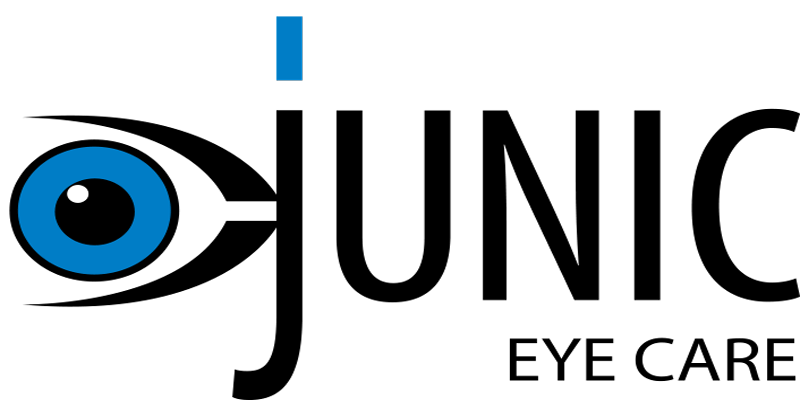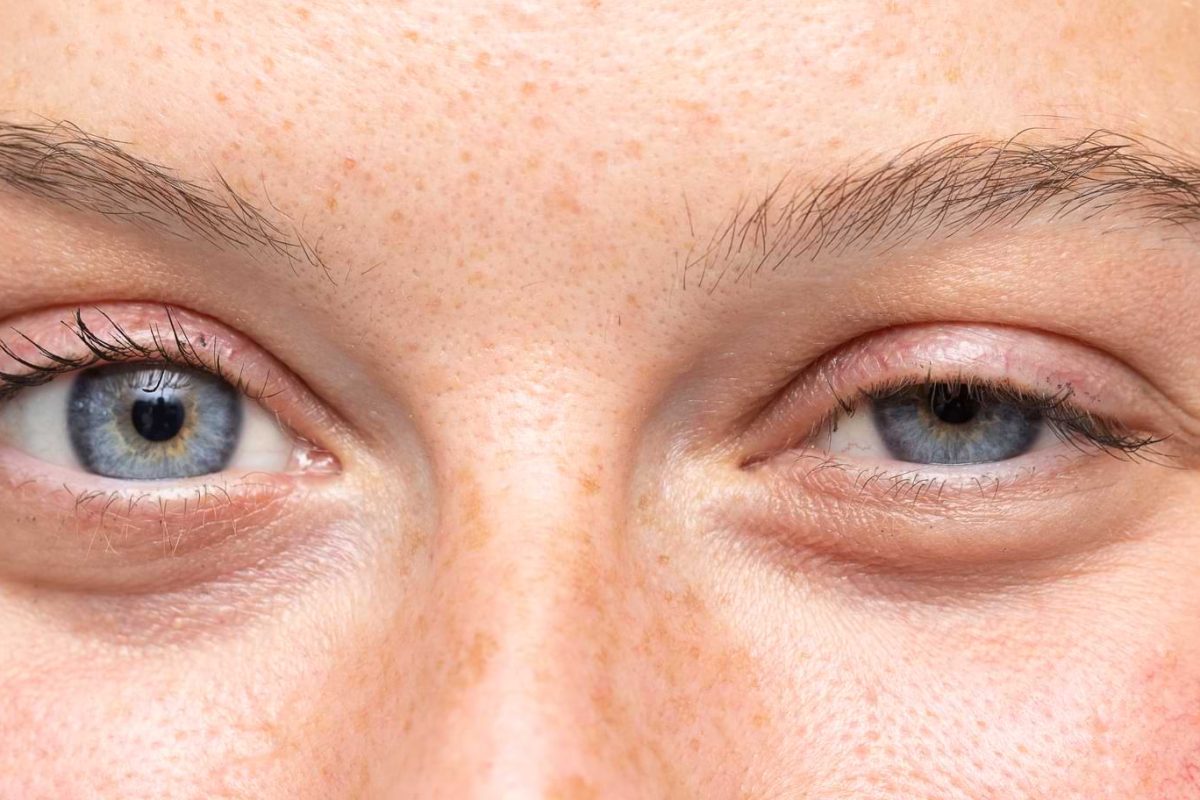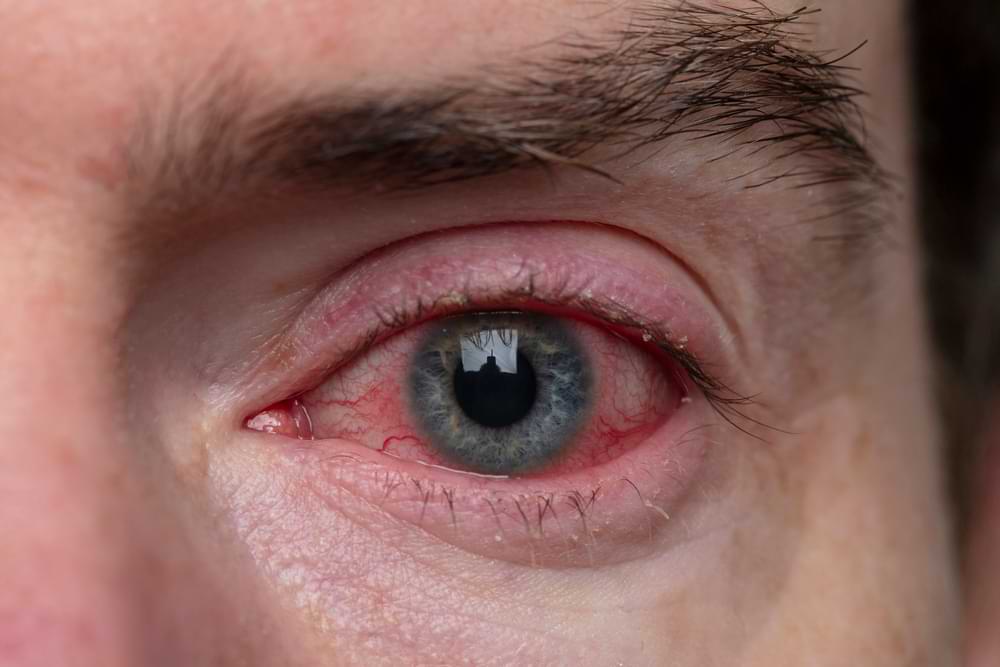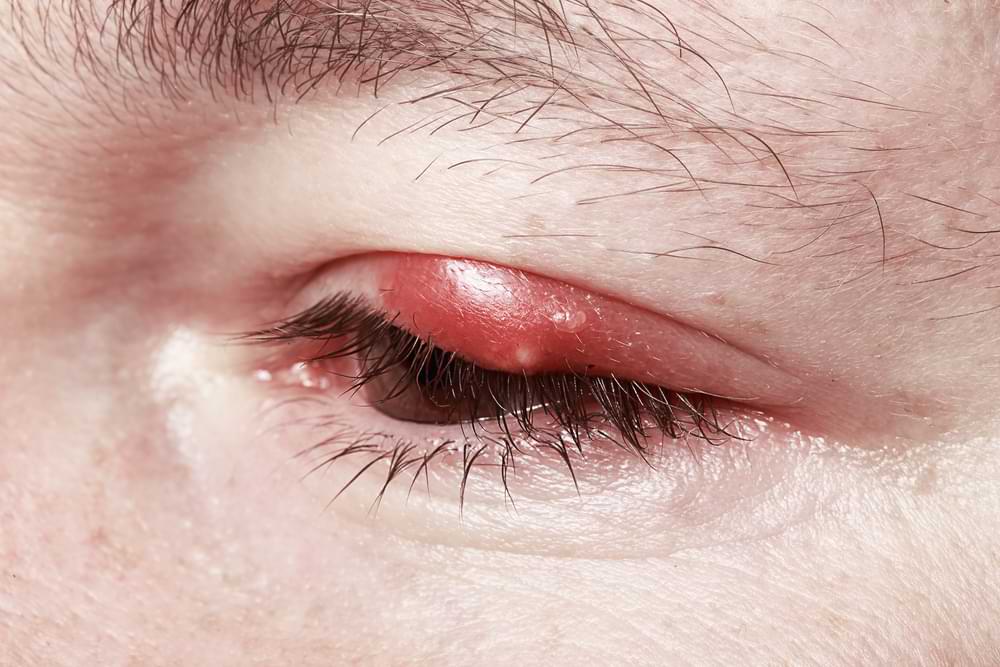Eye Drops for Dry Eyes in Canberra
Frustrated with that persistent gritty feeling in your eyes, a common struggle for many of us in Canberra? If you’re bouncing from one temporary solution to another, you’re probably looking for a more effective approach to this aggravating issue.
Many of my patients have discovered that the right eye drops for dry eyes can offer significant relief.
I’m Dr. Juliet Menakaya of Junic Eye Care. With qualifications in optometry and extensive experience, including at Canberra Hospital’s Ophthalmology Department, I’m uniquely positioned to address dry eye syndrome effectively here in our nation’s capital.
In this article, we’ll explore the array of eye drop options, from convenient over-the-counter solutions to prescription treatments that provide long-lasting comfort. I’m here to guide you through these choices and find the best fit for your eyes.
So, are you ready to discover real relief options for your dry eyes? Read on.
Understanding Dry Eyes
In my practice at Junic Eye Care, dry eye syndrome is a condition I encounter frequently, especially among our Canberra patients. Essentially, dry eye syndrome occurs when your eyes either don’t produce enough tears or the quality of those tears is poor. There are two crucial layers to consider: the aqueous layer and the lipid layer. The aqueous layer is the watery part of your tears, while the lipid layer is the oily part that prevents the tears from evaporating too quickly. When either of these layers isn’t functioning properly, it leads to dry eyes.
A common culprit behind this is Meibomian Gland Dysfunction (MGD), a condition where the glands that produce the oily part of your tears get clogged. It’s like having a well-oiled machine suddenly running out of lubricant. The eyes become more susceptible to dryness because the tear film isn’t maintained properly. MGD is increasingly common, particularly in urban settings like Canberra, where lifestyle factors such as prolonged screen time play a significant role.
The symptoms of dry eyes can range from mildly annoying to downright debilitating. Imagine feeling a constant scratchiness in your eyes, as if there’s always a speck of dust you can’t get out. Many patients describe a burning sensation, redness, or even a paradoxical watery eye, as the body tries to compensate for the dryness. One of my patients found her weekend hiking excursions less enjoyable because of the irritation and discomfort caused by dry eyes. It was affecting not just her vision, but her quality of life.
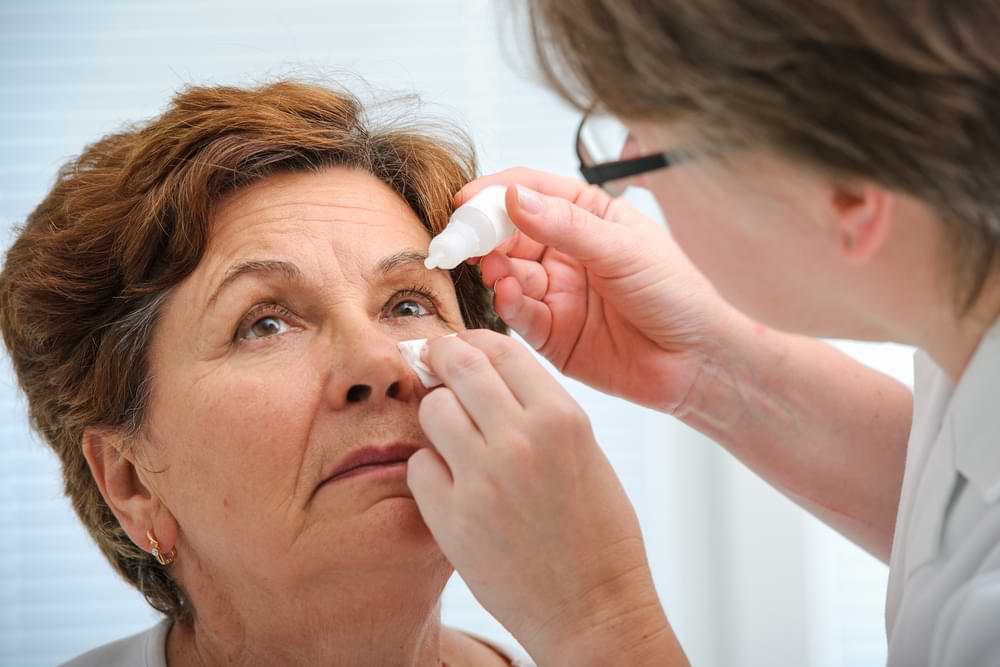

Over-the-Counter Eye Drops
In Canberra, we’re fortunate to have access to a variety of over-the-counter (OTC) eye drops, which can be a great starting point for those experiencing the initial discomfort of dry eyes. These eye drops for dry eyes are readily available at most pharmacies and can provide quick relief for mild symptoms. Think of them like a first-aid kit for your eyes – handy for immediate, short-term relief.
These OTC eye drops primarily aim to supplement your natural tears, offering temporary relief from symptoms like dryness, irritation, or a burning sensation. They work by adding moisture to your eyes, akin to watering a thirsty plant. However, it’s important to understand that while no-prescription eye drops for dry eyes can offer quick relief, they’re not a long-term solution. They’re more of a band-aid approach, providing symptomatic relief without addressing the underlying cause of your dry eyes.
It’s also worth noting that some OTC eye drops come with potential side effects or limitations. For instance, certain drops contain preservatives that can irritate the eyes if used excessively.
Another risk associated with frequent over-the-counter eye drop usage is contamination. A 2022 research review found that around 24% of multi-use eye drop bottles became contaminated when people used them for more than 1 week. Using contaminated eye drops can lead to infection and even blindness.
To prevent contamination, it’s important to:
- Refrain from sharing eye drops with others.
- Be careful that the dropper tip doesn’t touch the eye or any other surface.
- Check that the safety seal on the bottle is unbroken before first use.
- Steer clear of using eye drops that have passed their expiration date.
Others might only target specific aspects of dry eye syndrome, such as drops that primarily lubricate without addressing inflammation. In our clinic at Junic Eye Care, I’ve seen cases where patients overuse these drops, leading to a cycle of temporary relief followed by recurring discomfort. That’s why I always recommend a consultation for persistent or severe symptoms – to ensure you’re not just masking the problem, but actually treating it effectively.
Remember, while OTC eye drops for dry eyes are a convenient option, they’re just one piece of the puzzle in managing dry eye syndrome.
Watch the following video on recommendations for OTC eye drops for dry eyes.
Prescription Eye Drops for Dry Eyes
When it comes to more severe cases of dry eye syndrome, especially those not adequately managed by over-the-counter solutions, prescription eye drops for dry eyes can be a game-changer. In our clinic at Junic Eye Care, we often recommend advanced treatments like Xiidra, Restasis, Cequa, and Ikervis for our Canberra patients. These aren’t your average eye drops; they’re specifically formulated to address the underlying causes of dry eyes.
Each of these prescription medications works slightly differently, but their primary goal is twofold: reducing inflammation and improving tear production. For example, Restasis helps increase your eyes’ natural ability to produce tears, which is crucial for long-term eye health. Xiidra, on the other hand, targets inflammation, a key factor in dry eye syndrome, by blocking a specific protein that can cause your eyes to become dry.
An important aspect in the development of dry eye syndrome is T Cells, a type of white blood cell. In dry eye conditions, these cells can contribute to inflammation and damage to the eye’s surface. Medications like Restasis and Xiidra work to regulate the activity of these T Cells, helping to reduce inflamed eyes and restore a healthier tear film.
It’s important to note that these prescription eye drops aren’t instant fixes. They require consistent use over time to see results, and it’s not uncommon for it to take several weeks or even months to notice significant improvements. But for many of my patients, the wait is worth it. We’ve seen remarkable improvements in patients’ comfort and eye health with these treatments.
Watch the following video to learn more about Xiidra as a solution for dry eyes caused by eye inflammation issues.
Managing Expectations and Long-Term Care
When it comes to treating dry eyes, it’s important to set realistic expectations, much like nurturing a garden. Just as a gardener doesn’t expect seeds to bloom overnight, similarly, patients should understand that most dry eye treatments take time to show results.
For instance, with prescription eye drops for dry eyes like Restasis or Xiidra, it might take several weeks to even months before you notice significant improvements. It’s a gradual process, akin to slowly nurturing a plant back to health – patience and consistency are key.
For long-term care and management of dry eyes it helps to make adjustments to your lifestyle. Here are some tips:
- Stay Hydrated: Keeping your body well-hydrated is essential for maintaining healthy tear production.
- Take Screen Breaks: If your job involves long hours in front of a computer, practice the 20-20-20 rule – every 20 minutes, look at something 20 feet away for 20 seconds.
- Consider Humidifiers: In dry climates, using a humidifier can help maintain moisture in the air, providing relief for your eyes.
- Regular Eye Check-ups: Just as you would regularly tend to a garden, regular visits to your optometrist are crucial. These check-ups help in monitoring the condition and making necessary adjustments to your treatment plan.
Conclusion
As we’ve explored in this article, dry eye syndrome is a condition that affects many of us, bringing discomfort and irritation that can significantly impact our daily lives. From the basic relief offered by over-the-counter eye drops to the more targeted approach of prescription treatments, there’s a spectrum of options available to manage this condition. Remember, while temporary solutions can offer quick relief, they don’t address the underlying issues causing your dry eyes.
Ignoring or inadequately treating dry eye syndrome can lead to a persistent cycle of discomfort and may exacerbate the condition. This isn’t just about temporary annoyance; untreated dry eyes can have long-term implications on your eye health and overall quality of life. You deserve more than just a quick fix – you need a solution that brings lasting comfort and protection for your eyes.
At Junic Eye Care we understand the unique challenges faced by residents of Canberra when it comes to dry eye syndrome. Let’s work together to find the right solution for your dry eyes, ensuring you enjoy comfort and clarity in your vision. Don’t let dry eyes be a constant burden – take the first step towards lasting relief and eye health today.
To visit our optometry practice, click the “Book Online” button at the top of the page or call (02) 6152 8585 today.
You’ll find our clinic conveniently located in the Molonglo Health Hub, just a short 10 minute drive from central Canberra, with plenty of free parking when you get here.

CANBERRA OPTOMETRIST
Juliet obtained her Doctor of Optometry degree from the University of Benin, Nigeria in 2006. She completed an internship programme before migrating to Australia, where she completed a master’s degree in public health at the University of Sydney in 2014. Following this, Juliet obtained a Master of Orthoptics from the University of Technology Sydney (UTS) in 2017.
Juliet has completed her competency in optometry examination with OCANZ (Optometry Council of Australia and New Zealand), and obtained her ophthalmic prescribing rights from ACO (Australian College Of Optometry Victoria). Juliet has worked in various positions, including retail Optometry, the Ophthalmology Department at Canberra Hospital, and more recently, at the John Curtin School of Medical Research (ANU).
As a dedicated Canberra optometrist, Juliet is passionate about helping people with low vision, and binocular vision anomalies hence her interests in Low Vision Rehabilitation, Eccentric Viewing Training and Paediatric optometry.
